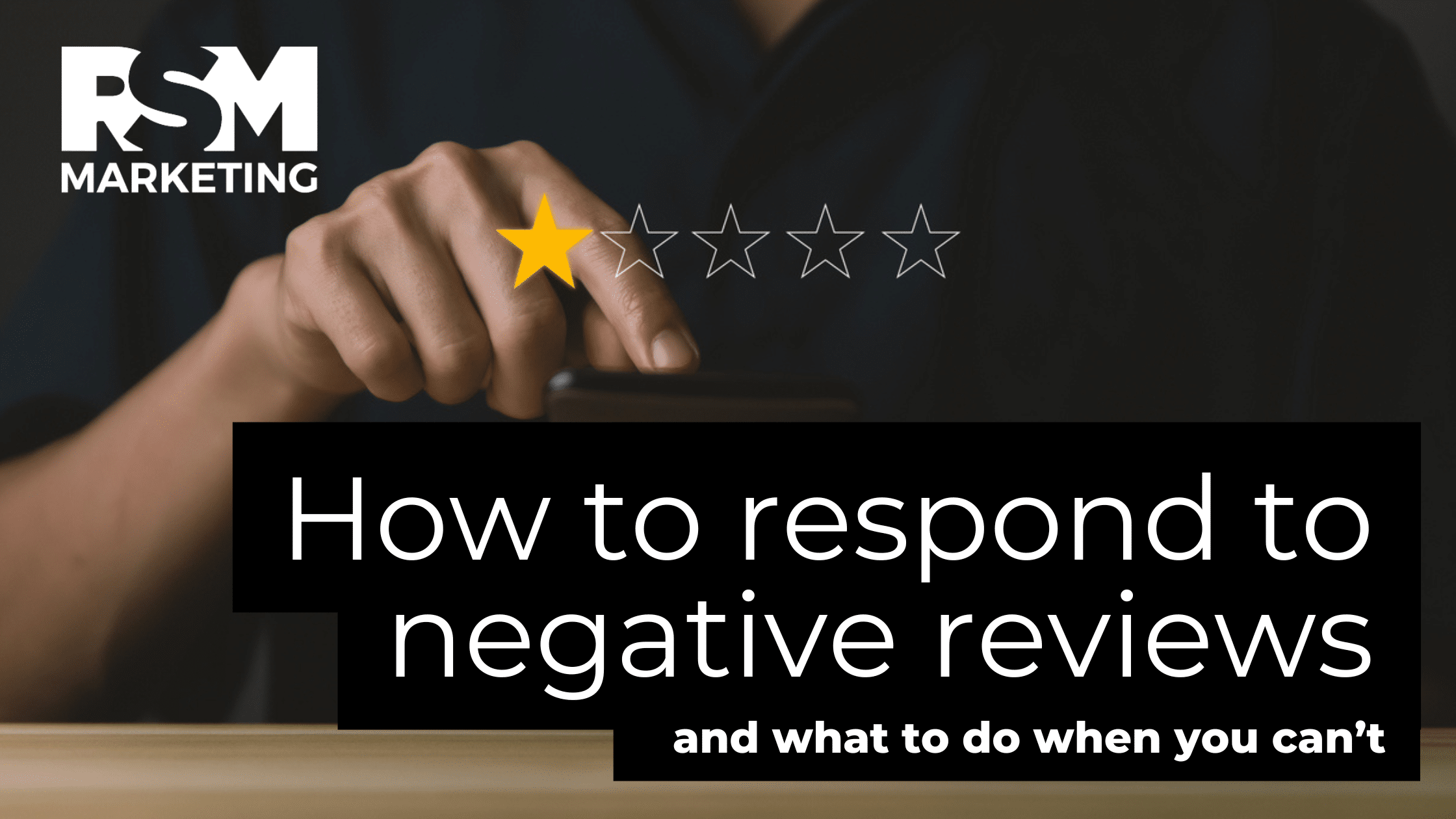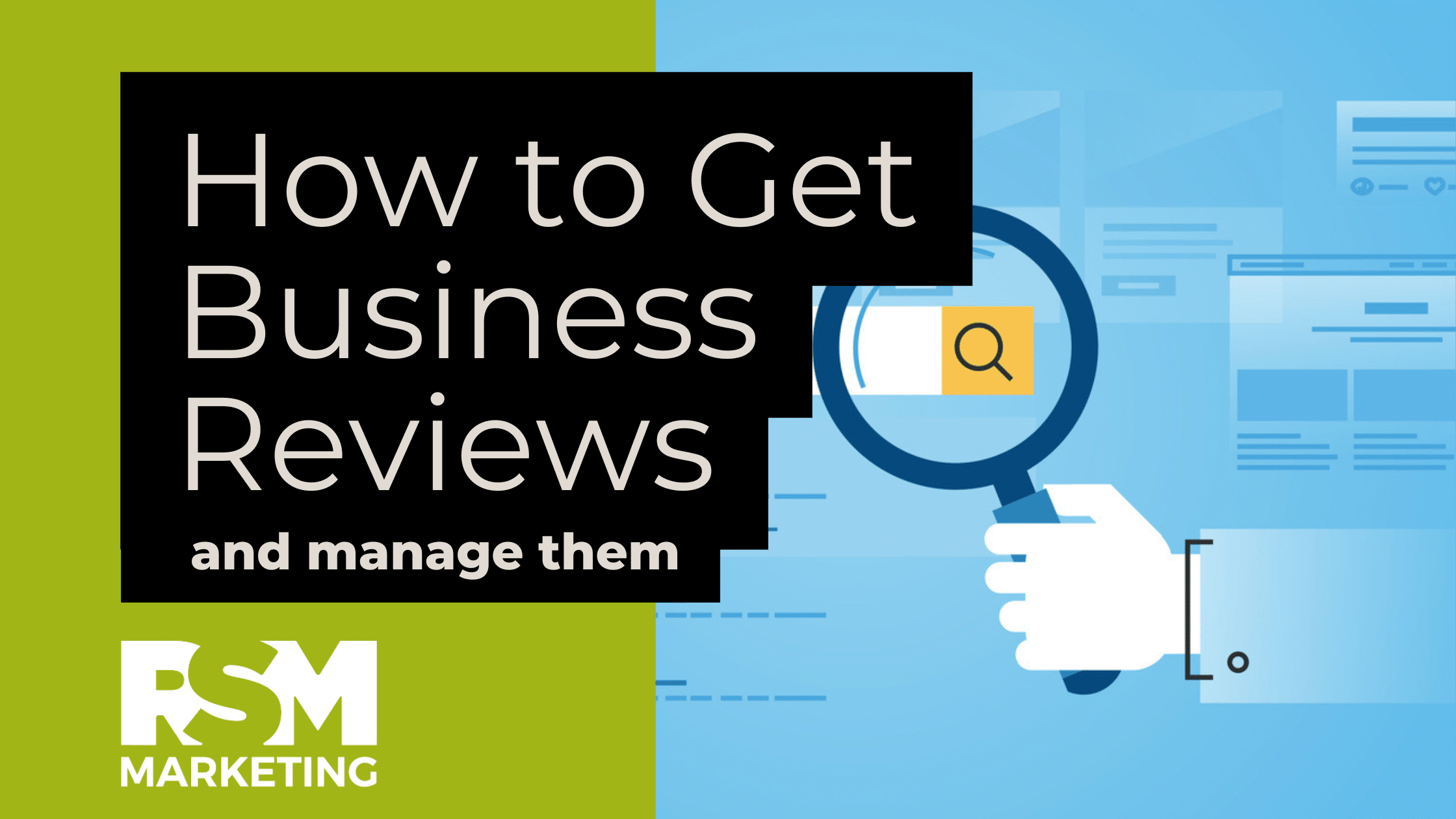Ah, the infinite scroll. We’ve all been there, sucked into the vortex of that never-ending sea of photos on LinkedIn, wondering if we know any of these folks and want to add them to our network. Just when you think you’ve hit the end of the page of smiling professionals, more headshots fill the screen. On and on you scroll, until you stop yourself, now in a trance, from viewing that seemingly endless pool of strangers and get back to work.
The Facebook timeline is another example of infinite scroll’s time-intensive journey into the daily antics posted by friends and acquaintances. Before you know it, an hour of your life has evaporated and you have nothing to show for it (except maybe a smile from that cute dog video posted by your sister-in-law). You even consider chopping your friends list down by half, just to shorten the slog.
You probably didn’t even realize this experience had a name, but you definitely do now. Infinite scroll has become a commonplace feature in your online adventures, and now Google is testing it on its own interface.
Obviously, this would impact the user browsing experience as a whole—but how will it also impact your website’s search results? Let’s dive in to what this could mean for your website in the future.
So What Exactly Is Infinite Scroll?
Infinite scroll is so aptly named to describe a browsing experience that eliminates pagination (or the “Next” and “Previous” tabs at the bottom of each page of content) and replaces that with a bottomless stream of information. Whether that information is valuable or not is up for debate, but it ultimately removes the need for the user to tap on those navigation page prompts. Defined pages become de rigueur, replaced with uninterrupted, nonstop content.
Google & The Infinite Scroll Test
Recently, Google has dipped its mighty toe into the waters of the infinite scroll, testing the feature on mobile feeds. These test sites feature distinct differences when arriving at the search engine results page (SERP). The first change we noticed is that there are far fewer URLs listed on the SERP—only four. This is greatly reduced from the classic ten results you would normally see on a SERP. At the bottom of the page you will note the absence of the “Next” button as it has been replaced with a “See more results” tab.
Why Would Google Consider the Infinite Scroll Search Result Format?
Why, you ask, would Google even consider moving toward an infinite scroll format? Our theory is this: look to the money.
Google’s endgame is to always benefit the user. Why? To generate more revenue for Google. The better the Google experience = more people benefiting from it = more profits for Google.
Instead of featuring a few paid ads at the top of the search results, Google could potentially integrate paid ads throughout the scrolling results—to infinite effect. This type of experience would only increase the user’s exposure to more revenue producing results.
Google seems to be combining the infinite scroll and their “see more results” button with increasing numbers of related search query options at the bottom of the search results page. This may help the user narrow down the time investment by selecting a more targeted search query. Even so, once they tap on that option, could potentially be greeted with yet another endless scroll of search results probably chock full of paid ads.
Do We Know This for Sure?
This is all speculation, but it stands to reason. Featuring paid ads on Google has evolved over the years. Once upon a time, they were stand-alone results on the right-hand side of the SERP. Then they moved to the top of the page, but were easily identifiable with the bright yellow “Ad” distinctions next to them. Today, those “Ad” labels are green and the paid listings live above your local search results. It’s anyone’s guess as to what the next iteration of paid SERPs will look like.
Whoa! What About User Experience on a Website?
Up until recently, most e-commerce sites have relied on classic navigation systems that paginate contents on the site. Meaning, defined pages that the user will purposely click on to arrive at the desired content related to their search. Amazon is a good example of pagination, with a large quantity of the related search results plus valuable filters to help the user narrow down results and limit the need to continually hit the “Next” button.
For users who are accessing sites via their mobile phones, tapping on those nav buttons can be tedious and annoying, which is one of the pros for instituting the endless scroll format. Mobile users are accustomed to swiping downward in their social media feeds without the need to stop and hit “next” every few seconds. For this reason, infinite scroll is a benefit for people shopping online for, say, blue shoes. They can just swipe downward continuously until a striking pair of blue kicks captures their attention, at which point they will (hopefully) tap and purchase said shoes.
However, the standard desktop/laptop user may find infinite scrolling on a website to be inefficient and frustrating. For example, say someone is looking for a lawyer for a specific legal necessity. Their Google inquiry offers a few local attorneys to check out, so they click on one website.
A traditional website will have defined a navigation framework with sub-tabs and specific pages related to the various types of legal services provided. A website refitted with infinite scroll, to better serve the mobile attorney shopper, will still have a navigation menu but clicking on a tab could bury you in information overload while trying to sift through unrelated content to get to the desired specialty.
Could This Impact SEO?
So how would the infinite scroll impact a site’s SEO? So far, there are different schools of thought on this. Since the dawn of e-commerce and Google’s role in impacting the success of an online endeavor, arriving on the first SERP has been the coveted SEO trophy. Infinite scroll kinda trashes that whole idea, with the prospective customer swiping through an eternal flow of results. So what to do about SEO if infinite scroll takes hold?
There’s an old saying, “If you can’t beat ‘em, join ‘em.” With ever increasing commerce happening on the mobile front, chances are a simple business decision may be made to convert to infinite scroll in order to please the prized mobile app customer. Remember, they don’t want to tap on those “Next” buttons.
How to Maximize SEO in an Age of Infinite Scroll
In order to retain SEO vitality, there are some useful tips to keep in mind if you do switch to infinite scroll for your site:
You’ll need to first divide the site’s content into component pages, and decide just how much content will live on each of these. Once that is determined, the component pages need to be paginated to assist the Googlebot’s efforts to find your content.
- Assign a full URL. Each of the component pages must be assigned a full URL, again to help Google find the content within.
- Do not eliminate the navigation bar. This will provide the user to hone in on pertinent areas of your website without having to sift through tons of unrelated content.
- Rethink the footer. Anyone who has experienced infinite scroll sites who needed to access the Contact Us button (often hidden in tiny 8 point font at the bottom of the footer) may never reach the footer.
While the jury is still out as to whether infinite scroll will improve a site’s SEO or bury it, the fact that Google is considering this bold move puts pretty much everyone doing business online on notice. If infinite scroll on Google does become a reality this will swiftly translate to a major paradigm shift towards following suit.
It’s important to be informed about the impact that infinite scroll will have on SEO, as well as ways to adapt to it in advance of such a definitive sea change. Ultimately, preparation and knowledge are king for strategically adapting SEO marketing to the coming infinite scroll landscape.[/vc_column_text][/vc_column][/vc_row]





